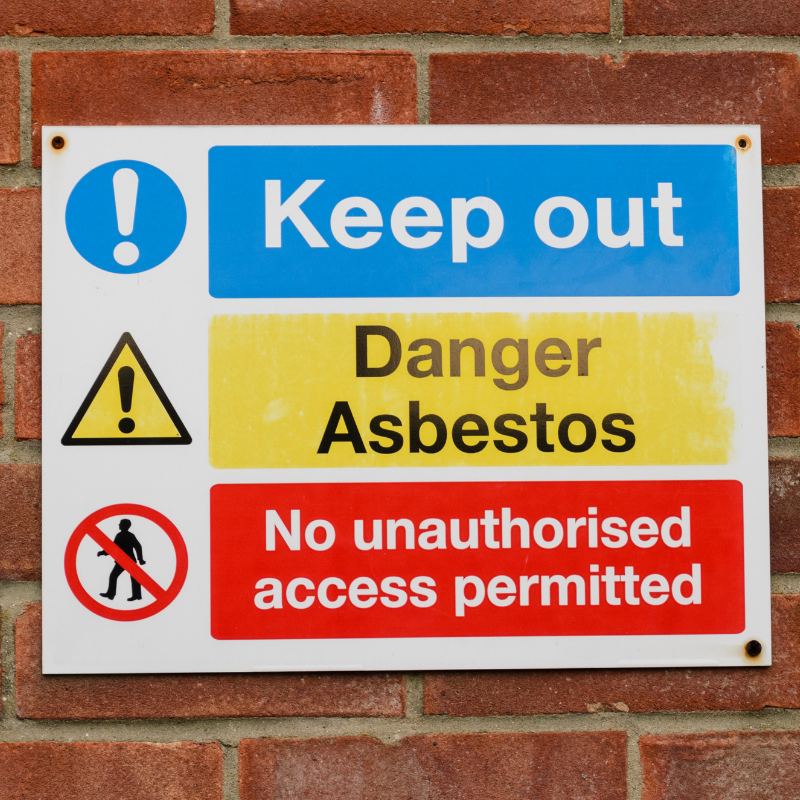
In the 70s and 80s, asbestos was seen as a cheap, durable and versatile substance. The abundant, naturally occurring mineral was refined and included in many building materials including concrete, insulation and plastics. Asbestos is resistant to heat, electricity and chemical reactions, which explains why it was used so extensively during this time. Unfortunately, we now know it is also carcinogenic and extremely harmful to humans.
There is no safe level of asbestos exposure and anyone who is near the substance is at risk. Asbestos is often disturbed unknowingly by those renovating their homes. This poses a serious danger as the fibers from the material can linger in the air for up to 72 hours. Should someone breathe in or ingest asbestos during this time, the fine fibers can cling to your lungs, stomach or heart. Once in your body, the problem can lay dormant for 20-50 years before it eventually manifests into a number of incurable diseases. Before beginning any DIY renovations, it is vital to know if your home contains asbestos and if so, you ensure it is disposed by professionals in a safe manner.

Since the dangers of asbestos were recognised, it is no longer a commonly used building material in the UK (though, you are still allowed to use a 1% mixture in the US). This means that if your home was built during or before the 1980s, you may be at risk. It is important to note that undamaged asbestos is relatively safe. However, if you are a homeowner of a house 30 years or older, your best option is to call in a trained professional and have each room tested for asbestos’ presence.
Attics are more commonly used for storage rather than for living, however this is a popular room to find asbestos. Vermiculite insulation made with asbestos will usually have a brown to grey colour and will have a small pebbly texture. Concrete walls, flooring, fiberboard and roofing tiles should all be tested for asbestos as well.
Most DIY home renovation projects tend to start in popular areas of the home, like the kitchen or bedroom. It’s important to be extra careful in these areas as asbestos can be found in materials you’d might not even consider. Textured ceilings, window glazing, lighting fixtures, linoleum/flooring tiles, plaster, paint and caulking to seal gaps and cracks can all contain the dangerous substance.
While it’s extremely rare for a furnace in a home to last longer than 15-30 years, if yours in an original, it is likely to contain asbestos and should be replaced immediately. Other large appliances in this area include water heaters, piping insulation and wood, coal or pellet burning stoves.
Watch out for asbestos when doing upkeep on the external side of the home. Old shingles, siding, and roofing materials have all been proven to contain asbestos. Should any of these be damaged in a natural disaster or storm, the asbestos fibers could easily be released into the air.
Knowing if and where in your home/business contains asbestos is the best way to protect yourself and others from this dormant threat. Karsons Consulting has a wealth of expertise and high profile experience dealing with asbestos contamination and removal.
For more information on how to combat the threat of asbestos in your home, contact out team today at info@karsonsconsulting.com for expert advice.
Karsons Consulting are members of the Chartered Institute of Building Services Engineers, The Association of Consultancy and Engineering, British Institute of Facilities Managers and the Building Services Research and Information Association.